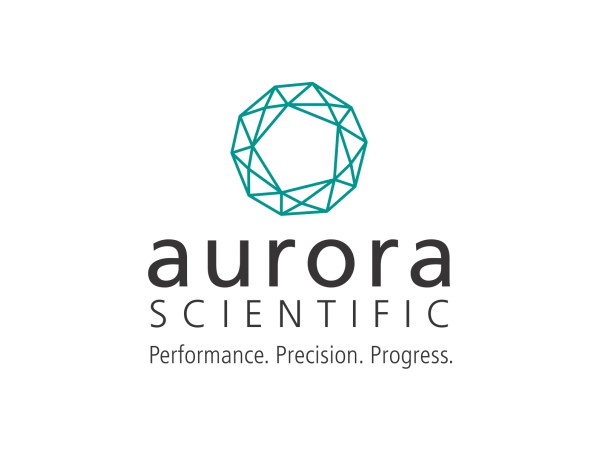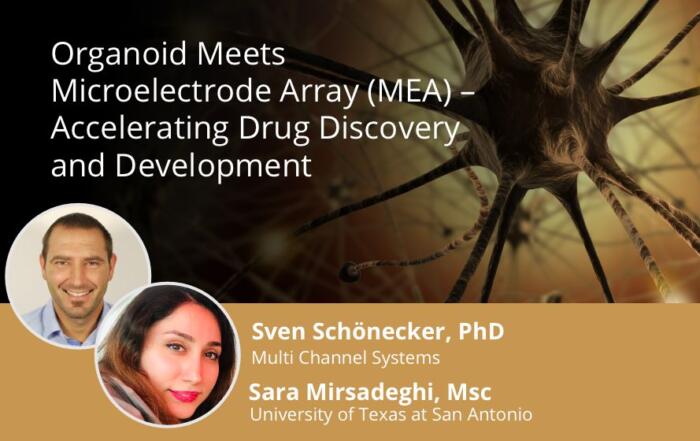Dr. Samantha Harris discusses the development of three new mouse models in her lab, engineered to target and replace specific myosin binding protein-C paralogs in muscle fibers and impact of their mutations on skeletal and cardiac muscle diseases.
The family of proteins known as myosin binding protein-C (MyBP-C) are regulatory proteins localized to muscle sarcomeres that are encoded by 3 separate genes (MYBPC1, MYBPC2, and MYBPC3). The 3 genes encode distinct MyBP-C protein paralogs expressed in fast skeletal, slow skeletal, and cardiac muscles, respectively. The importance of the different paralogs is highlighted by the fact that mutations in all 3 genes can lead to debilitating skeletal and cardiac muscle diseases. However, it has been challenging to determine distinct functional roles for each protein, especially in skeletal muscles where a mixture of fast and slow MyBP-C (and their related multiple splice variants) are typically expressed in muscles that express a mixture of fast and slow twitch fibers.
In this webinar we discuss how the Harris lab has overcome this challenge by engineering three new mouse models that selectively target MYBPC1, MYBPC2, and MYBPC3 to permit removal and replacement (cut and paste) of each protein paralog in permeabilized muscle fibers in situ. We also discuss how the 3 mouse models facilitate discovery of MyBP-C structure and function in different muscle types and how the different mouse models can be used to test how mutations in each paralog causes disease in skeletal and cardiac muscles.
Key Topics Include:
- MyBP-C is a family of regulatory proteins encoded by 3 separate genes that are expressed in striated muscles and that are critical for normal muscle function.
- Mutations in genes encoding MyBP-C lead to debilitating skeletal muscle and cardiac diseases.
- MyBP-C performs both regulatory and structural functions in each muscle type, likely by interacting directly with actin and myosin.
Presenters
Professor
Physiology
University of Arizona
General Manager
Aurora Scientific Inc.











